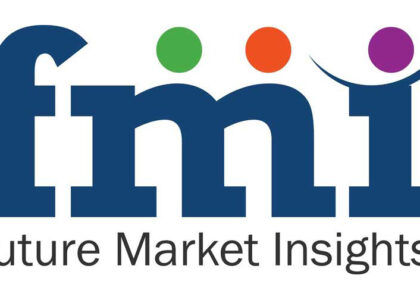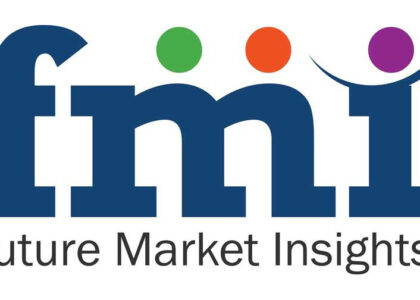MRI-Safe Neurostimulation Systems Market: Overview
Based on product type, implantable MRI-safe neurostimulation systems are in major demand over transcutaneous neurostimulation systems in MRI-safe neurostimulation systems market on the account of increased life of the device and reliable treatment results associated with the system type.
On the basis of applications, MRI-safe neurostimulation systems found major applications in deep brain stimulation followed by spinal cord stimulation. Rising prevalence of neurological disorders such as Alzheimer’s disease, autism, chronic pain, chronic migraine due to changing lifestyle and growing geriatric population is one of the factor driving the application of MRI-safe neurostimulation systems in neurological disorders treatment. Brain stimulation dominates the MRI-safe neurostimulation systems market in application segment. However, the neurostimulators have significant applications in spinal cord stimulation as well as peripheral nerve stimulation and accounts for a significant market share in global MRI-safe neurostimulation systems market.
MRI-Safe Neurostimulation Systems Market: Region-wise Outlook
On the basis of geography, global MRI-safe neurostimulation systems market is segmented into five key regions viz. North America, Latin America, Europe, Asia Pacific, and Middle East & Africa. In North America, U.S. holds the largest shares in the global MRI-safe neurostimulation systems market as the country registers a double growth in number of neurostimulation implants registered over the last decade. North America is followed by Europe which is the second dominating region in global MRI-safe neurostimulation systems market worldwide on the account of increasing expenditure by key players in neurostimulators manufacture.
MRI-Safe Neurostimulation Systems Market: Key Players
Some of the key players present in global MRI-safe neurostimulation systems market are Medtronic Inc., Cyberonics, Inc., AADCO Medical Inc., Boston Scientific, Sorin, St. Jude Medical, Biotronik and others
The report covers exhaustive analysis on:
- Market Segments
- Market Dynamics
- Market Size
- Current Trends/Issues/Challenges
- Competition & Companies involved
- Value Chain
The regional analysis includes:
- North America (U.S., Canada)
- Latin America (Mexico. Brazil)
- Western Europe (Germany, Italy, France, U.K, Spain, Nordic countries, Belgium, Netherlands, Luxembourg)
- Eastern Europe (Poland, Russia)
- Asia-Pacific (China, India, ASEAN, Australia & New Zealand)
- Japan
- The Middle East and Africa (GCC, S. Africa, N. Africa)
The report is a compilation of first-hand information, qualitative and quantitative assessment by industry analysts, inputs from industry experts and industry participants across the value chain. The report provides in-depth analysis of parent market trends, macroeconomic indicators and governing factors along with market attractiveness as per segments. The report also maps the qualitative impact of various market factors on market segments and geographies.
Get a Tailored Made Report to Match Your requirements, Ask from Market Research Expert – https://www.futuremarketinsights.com/ask-question/rep-gb-4978
The global MRI-safe neurostimulation systems market is segmented by product type, application type, and end user:
Segmentation by Product Type
- Implantable MRI-Safe Neurostimulators
- Transcutaneous MRI-Safe Neurostimulators
Segmentation by Application Type
- Spinal Cord Stimulation (SCS)
- Peripheral Nerve Stimulation
- Intracranial Stimulation
- Deep Brain Stimulation
- Motor Cortex Stimulation
- Sensory Nerve Stimulation
- Vagus Nerve Stimulation
Segmentation by End User Type
- Hospitals & Clinics
- Diagnostic Labs and Centers
- Ambulatory Surgical Centers
- Research Laboratories
For in-depth competitive analysis, Buy Now – https://www.futuremarketinsights.com/checkout/4978
Report Highlights:
- Detailed overview of parent market
- Changing market dynamics in the industry
- In-depth market segmentation
- Historical, current and projected market size in terms of volume and value
- Recent industry trends and developments
- Competitive landscape
- Strategies of key players and products offered
- Potential and niche segments, geographical regions exhibiting promising growth
- A neutral perspective on market performance
- Must-have information for market players to sustain and enhance their market footprint.
About FMI:
Future Market Insights (ESOMAR certified market research organization and a member of Greater New York Chamber of Commerce) provides in-depth insights into governing factors elevating the demand in the market. It discloses opportunities that will favor the market growth in various segments on the basis of Source, Application, Sales Channel and End Use over the next 10-years.
Contact:
Unit No: 1602-006
Jumeirah Bay 2
Plot No: JLT-PH2-X2A
Jumeirah Lakes Towers
Dubai
United Arab Emirates
For Sales Enquiries: sales@futuremarketinsights.com
For Media Enquiries: press@futuremarketinsights.com
Website: https://www.futuremarketinsights.com
LinkedIn| Twitter| Blogs



